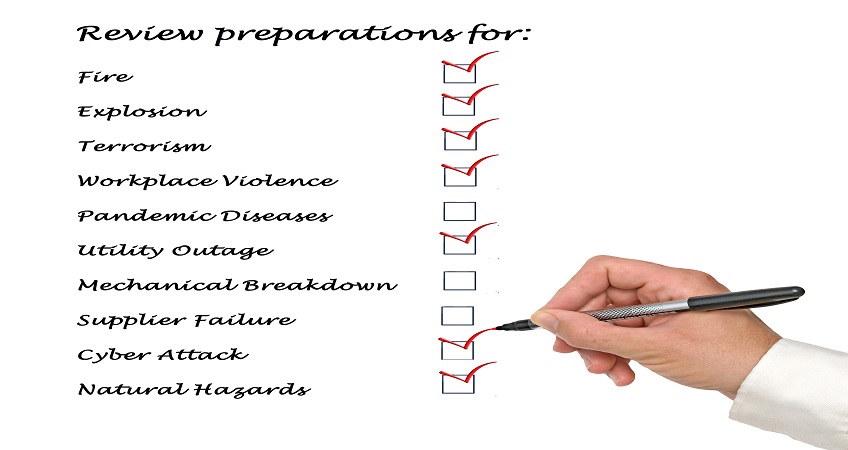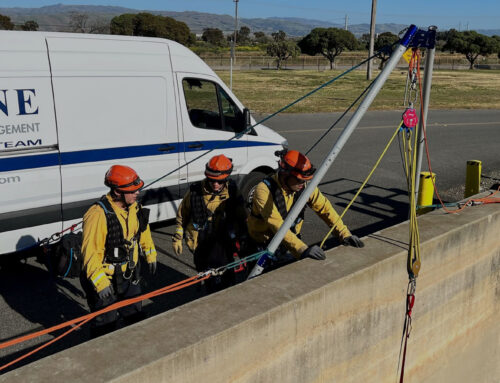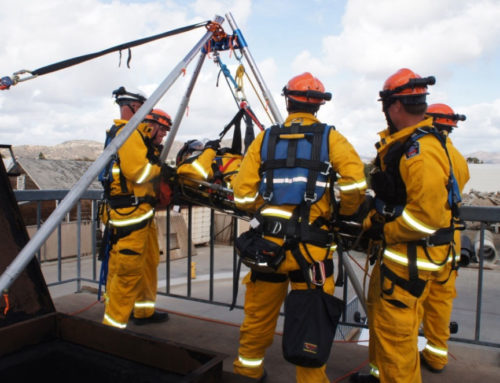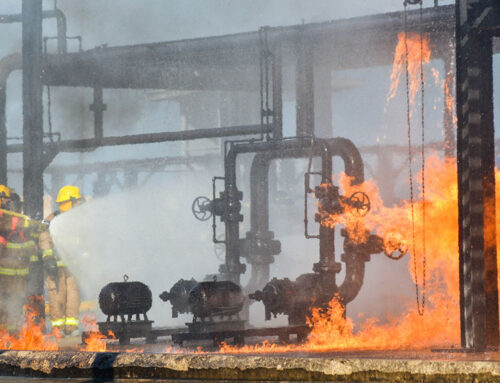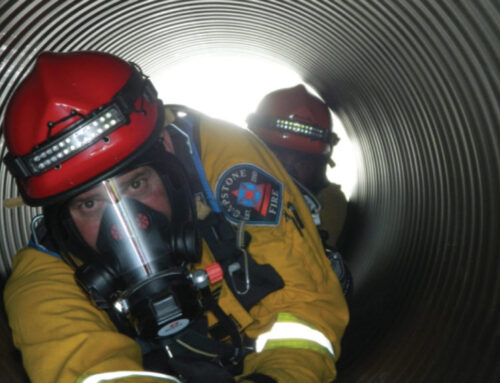The Occupational Safety and Health Administration (OSHA) is charged with protecting the health and wellness of the American workforce. Injury, illness, and wellness comes from monitoring and mitigating hazards. Many employers are being faced with workplace violence hazards that can escalate to hostile environments. This two part article will evaluate:
Part 1
- The current risk for workplace violence
- The forms of workplace violence
- What OSHA requires for worker protection?
Part 2
- What resources are available for the employer?
What is workplace violence and what form does it materialize?
OSHA notes on an annual basis nearly 2 million American workers report having been a victim of workplace violence (OSHA, 2018). Its’ recorded as the third leading cause for death for healthcare workers in 2014 US Bureau of Labor Statistics (BLS). Workplace violence begins as a threat (verbal, implied, or behavior), harassment, or intimidation against a person. These actions can be perpetrated by worker-supervisor; supervisor-supervisor; management-line or staff personnel; even customer/client-worker.
Workplace violence is often divided into 3 categorizes:
- Violence by a worker (Example: Present worker or recently fired);
- Violence by a stranger (Example: Active Shooter and Terrorism);
- Violence by a known third party (Example: Domestic Violence by a person not working for the employer)
Employers who have faced instances where there is violence at the workplace may be faced with lawsuits, regulatory investigations, and/or regulatory enforcement actions with significant civil penalties.
Who are at risk for workers?
All workers can be at risk to be a recipient of threats and violence, but data clearly shows specific workers and industries are disproportionately affected by workplace violence. The following statistics are from the National Institute for Occupational Safety and Health (NIOSH), which is the research arm of OSHA (NIOSH, 2018):
Victims receiving suffering and injury from workplace violence:
- 70% female
- 67% aged 25 to 54
- 70% Healthcare and social assistance industry
- 21% required 31 or more days away from work to recover from the injuries
- 19% of affected workers have 3 to 5 days away from work
Worker fatality data from workplace homicide (BLS, 2016):
- 82% Males
- 48% White
- 69% aged 25 to 54
- 31% Retail establishments
- 23% were actively performing protective service activities
OSHA and workplace violence
Federal OHSA does not have a standard covering workplace violence with specific guidelines for employers to follow. However, states like Virginia and Oregon have state standards protecting workers either from the occurrence of workplace violence or for the victims of workplace violence.
Workers are protected throughout the US and its territories from working in a hazardous environment under the OSH Act General Duty clause which states:
“Each employer shall furnish to each his employees employment and a place of employment which are free from recognized hazards that are causing or are likely to cause death or serious physical harm to his employees.”
According to the OSHA Compliance Directives for Enforcement Procedures and Scheduling for Occupational Exposure to Workplace Violence the following must be observed to have an enforcement for a general duty violation (OSHA, 2017):
- The employer failed to keep the workplace free of a hazard to which employees of that employer were exposed;
- The hazard was recognized;
- The hazard was causing or was likely to cause death or serious physical harm; and
- There was a feasible and useful method to correct the hazard.
All these elements above are present for workplace violence instances. Therefore, it’s an OSH Act 5(a)(1) General Duty Clause violation which has a maximum $12,934 per violation.
To learn more about prevention techniques, stay tuned for our next article. Reference our site safety officer services who can help you with an Emergency Action Plan (EAP), and contact us if you’d like to discuss disaster preparedness or get in touch with our site safety officers.

